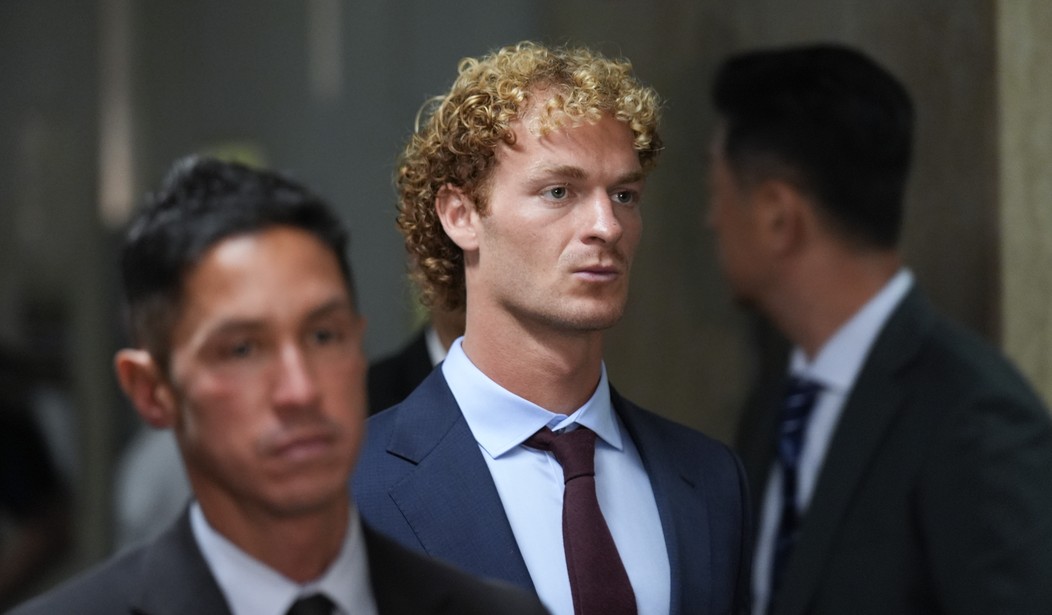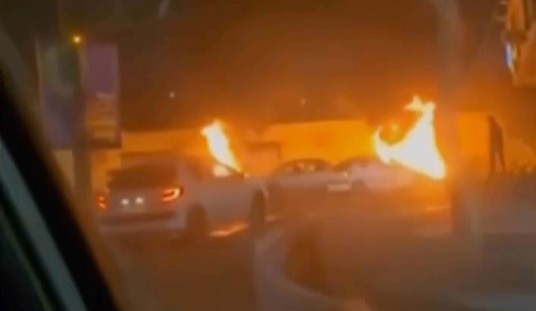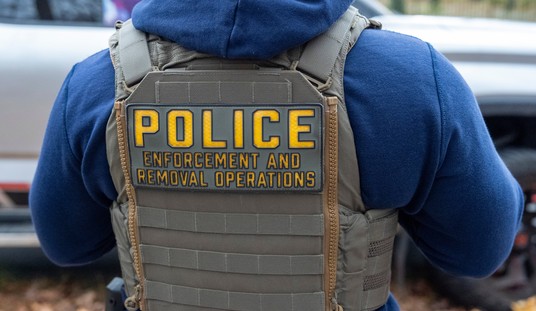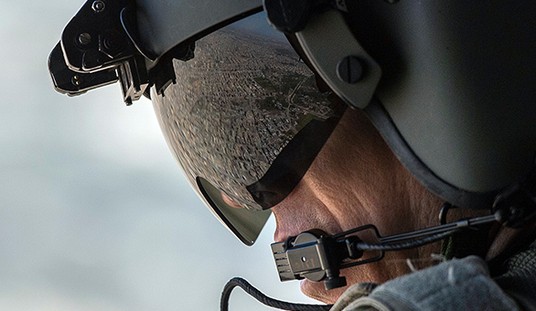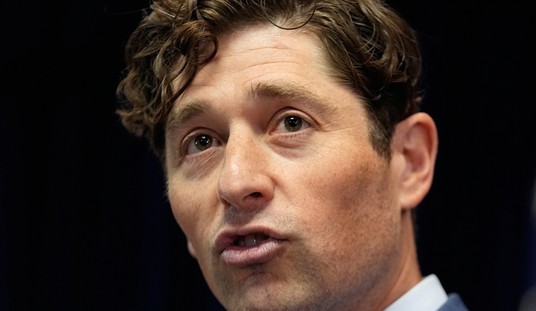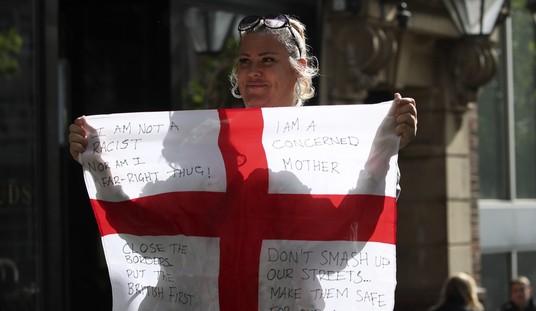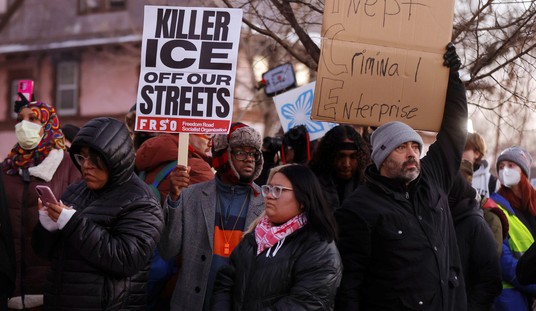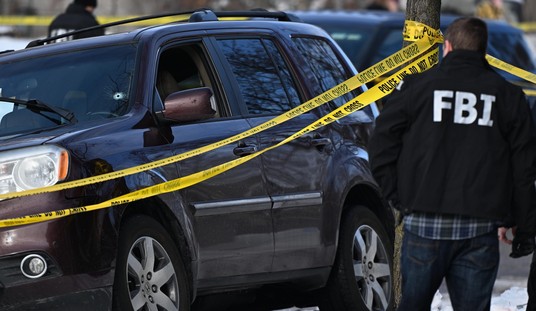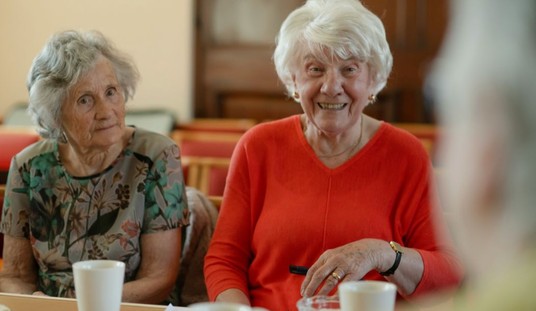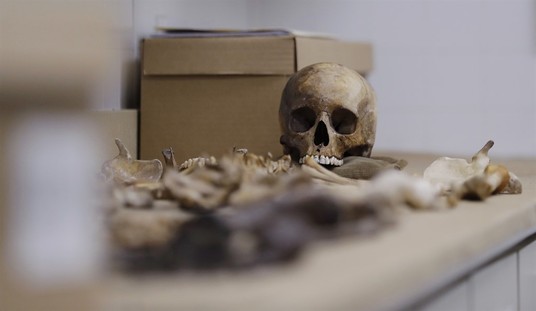Once again, I may seem an odd one to be writing about the state of America's urban areas. I'm a happy rural dweller myself, and have little time for cities; I find them crowded, noisy, and, to be honest, they smell bad. I like the clean country air of the Susitna Valley, and if that means I have to move small mountains of snow now and then in the winter, then I do, that's all.
With that being true, why am I still worried about America's cities? Because our cities are the beating hearts of our nation. Much of the country's economic activity happens there. Urban areas contain a lot of the country's industry and academia. What's more, our cities used to be the pride of the nation, but that's not so much the case anymore. Rampant open-air drug use, huge homeless encampments, and rampant crime are taking their toll.
Case in point: Women in New York City are routinely being harassed and even assaulted on the streets and in the subways. Fortunately, in at least a few cases, people have stepped up to help, but in too many others, ongoing attacks are ignored by the people around. Why?
Subway crime is down overall, but not assaults — leaving the vulnerable in New York City dependent on, and grateful for, vigilantes and good Samaritans alike.
A recent video showing a man attempting to grab a 20-year-old woman off a Brooklyn subway platform — and her narrowly escaping thanks only to the intervention of bystanders — has renewed fears among local women.
A 2024 study from the mayor’s office found more than half of New Yorkers report having been harassed on the streets in the past six months.
Is crime down overall? Or is it just not being reported - or recorded?
We could ask Kelly Dillon. In her case, a group of teenagers intervened; had they not, Kelly may not have been able to reply today.
Kelly Dillon had just gotten off work as a traffic reporter in Hudson Square around midnight one night last August when she was shoved to the ground by a stranger. Her elbow went through a spike in a sidewalk planter, and her head slammed into the pavement.
A carful of teenage boys pulled over and tried to catch the attacker on foot, but he was never apprehended.
“There was no motive that I can think of. It literally was just a random attack to inflict fear, to inflict pain,” said Dillon, 41.
This may be the key to New York's resurgence. Under the mayoralty of Eric Adams, we can admit that the NYPD has rebounded somewhat from the de Blasio days, when officers literally turned their backs on the mayor during an officer's funeral. But if the Big Apple elects the communist Zohran Mamdani mayor, the same Mamdani of "defund the police" notoriety, expect things to get worse - a lot worse. The productive will continue to flee New York City for safer ground, the NYPD will be depopulated as officers look to move to friendlier jurisdictions, and matters will get worse.
It's already happening.
The mayoral report found that, although verbal harassment is more common, 53% of those who were harassed in the last six months experienced physical harassment. The most common forms were following (46%), touching (38%) and exposing genitals (32%).
Andrea Giordano first moved to New York City from Philadelphia three years ago and assumed there was safety in numbers. But now she’s not so sure.
“I felt safe because there were people everywhere all the time — like, lights on, stores open and cars everywhere. But the longer I’ve lived here, I’ve felt less and less safe,” the 28-year-old Murray Hill resident told The Post.
It's not a good time to be a woman in New York City.
Read More: The Downfall of America's Cities: Chaos in Anchorage
The Downfall of America's Cities: The Broadway of the Bronx
We could hold out some hope that the residents of the city would start supporting each other, like the carful of teenage boys that stopped and prevented further attack on Kelly Dillon. Even in a city that properly supports its law enforcement officers, the police can't be everywhere, all the time. We, as citizens, have a duty to each other, after all. There have been a few well-publicized incidents of this, and we applaud them. But for every such incident, we can't help but think there are a dozen more where the shadow of Daniel Penny's unfair persecution hangs over the heads of bystanders.
Note also that the city has made it impossible for the ordinary citizen to carry the one item that may place a 110-pound woman on equal footing with a 225-pound male attacker: A sidearm.
Could this lead to more organized vigilantes, maybe teams of people on patrol to engage criminals in the act? If the city cannot protect its residents, who will? And, if this were to happen, what would the city's response be? People, after all, can only be pushed so far.
The primary purpose of government is to protect the liberty and property of the citizens. New York City is failing in that purpose. What's more, the city's persecution of Daniel Penny has had a chilling effect on many who may otherwise step up. That may be the primary cause of the troubles in New York today, and until and unless people stop looking the other way, start supporting each other, things will continue to spiral downwards.

